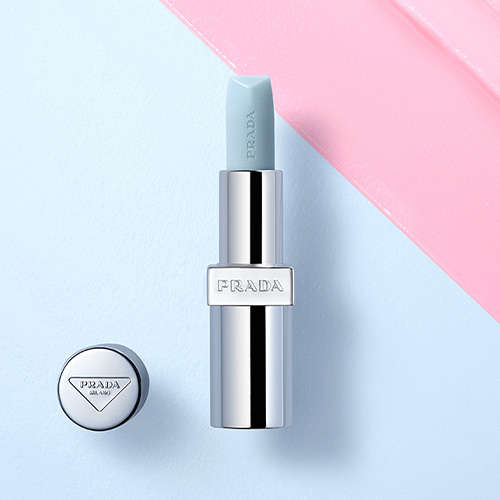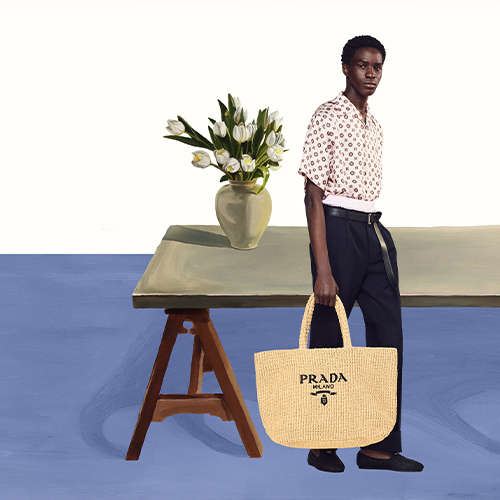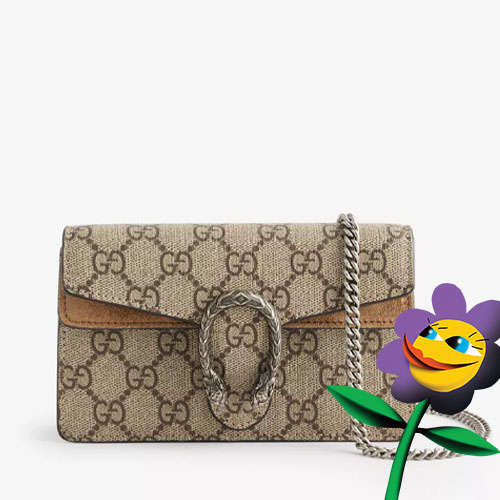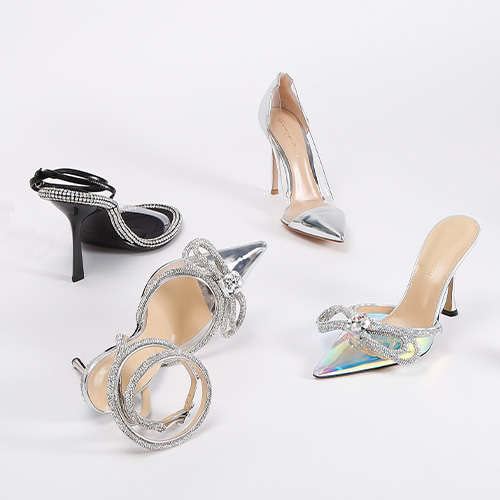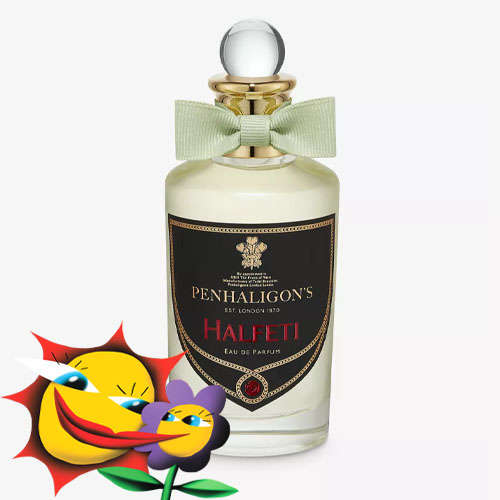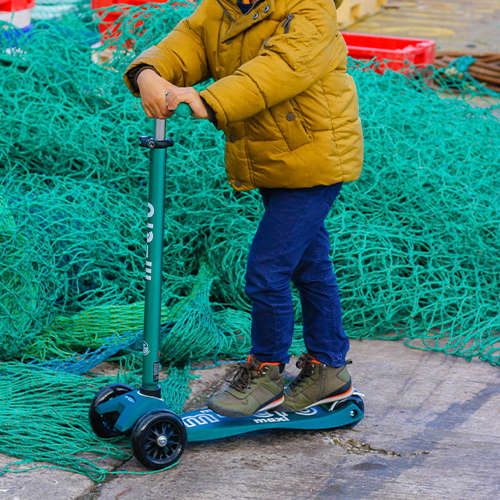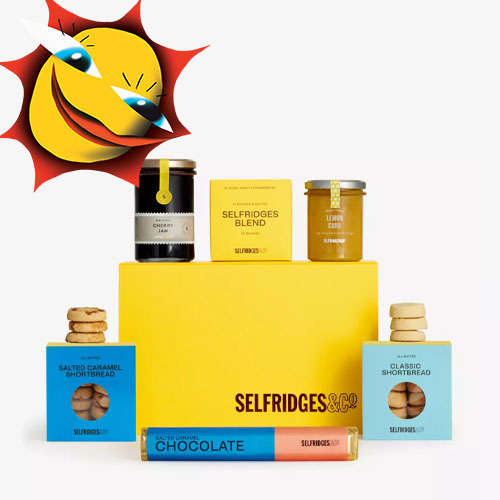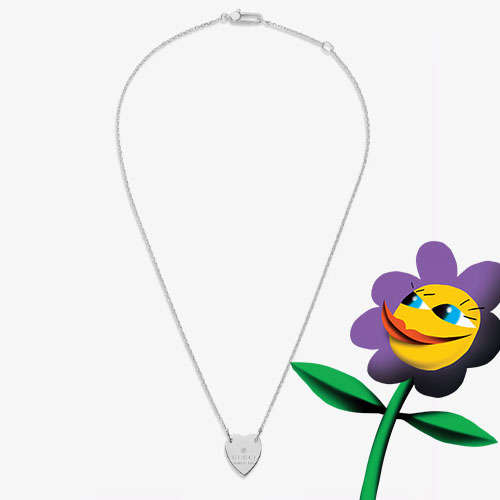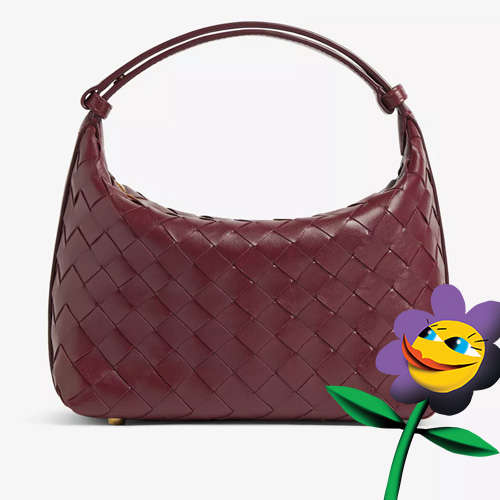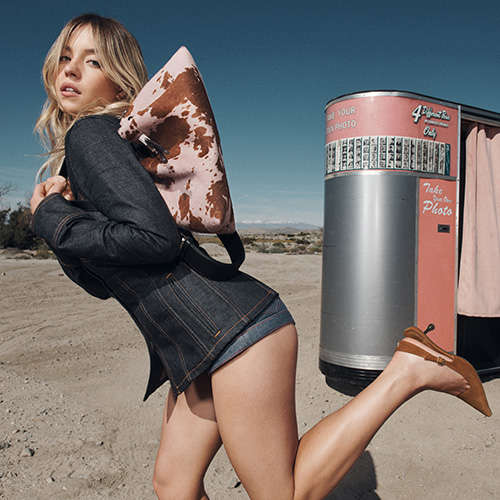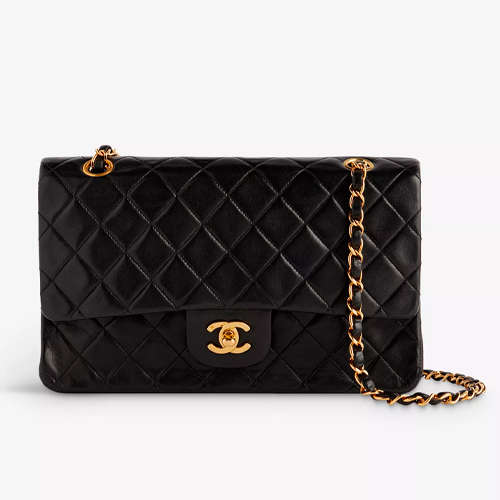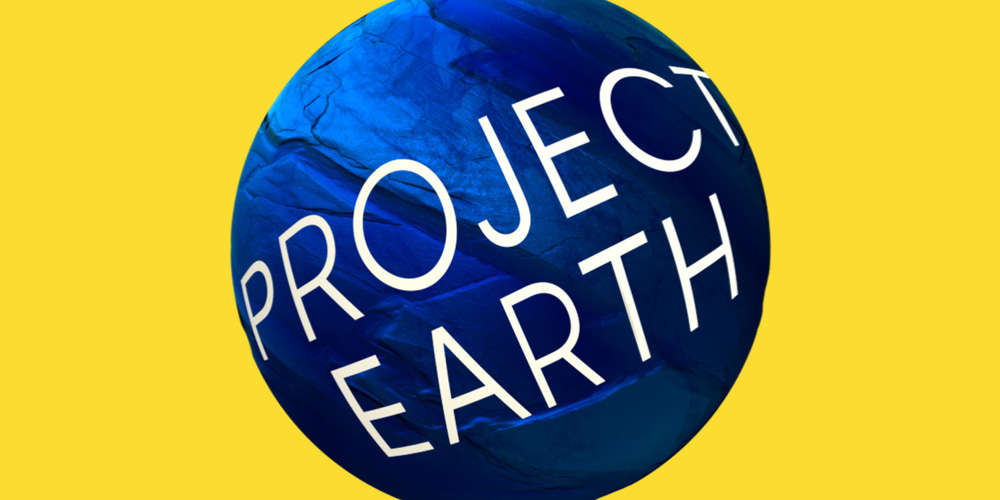- Australia / AUD $
- Canada / CAD $
- China / CNY ¥
- France / EUR €
- Germany / EUR €
- Hong Kong SAR China / HKD $
- Ireland / EUR €
- Italy / EUR €
- Japan / YEN ¥
- Kuwait / USD $
- Macao SAR China / HKD $
- Netherlands / EUR €
- Qatar / USD $
- Saudi Arabia / USD $
- Singapore / SGD $
- South Korea / KRW ₩
- Spain / EUR €
- Taiwan / TWD $
- United Arab Emirates / USD $
- United Kingdom / GBP £
- United States / USD $
- Not yours? Read more
Tell us what you think
Shop in your local currency and language
You are currently in United States US / USD $ store
- English
- English
- English
- English
- English
- English
- English
- English
- English
- English
- English
- English
- English
- English
- English
- English
- English
- English
- English
- English
- English
Did you know that we deliver to 130 countries or regions and offer a range of delivery options to suit you wherever you are in the world? Find out more
Sign up once to our Selfridges+ service and you can enjoy unlimited deliveries wherever you are in the world. FIND OUT MORE
International delivery
With almost everything on selfridges.com available for International Delivery, you can send your order to 130 countries or regions around the world, including North America, Australia, the Middle East and China.
Although we only offer 20 currencies to browse in online, you can still deliver to all of the following countries or regions:
- Algeria
- Andorra
- Antigua and Barbuda
- Aruba
- Australia
- Austria
- Azerbaijan
- Bahrain
- Bangladesh
- Barbados
- Belarus
- Belgium
- Belize
- Bermuda
- Bolivia
- Botswana
- Brunei
- Bulgaria
- Cambodia
- Canada
- Cayman Islands
- Chile
- China
- Colombia
- Costa Rica
- Croatia
- Cyprus
- Czech Republic
- Denmark
- Dominica
- Dominican Republic
- Ecuador
- Egypt
- El Salvador
- Estonia
- Finland
- France
- French Guiana
- Germany
- Gibraltar
- Greece
- Grenada
- Guadeloupe
- Guatemala
- Guernsey
- Guyana
- Honduras
- Hong Kong
- Hungary
- Iceland
- India
- Indonesia
- Ireland
- Israel
- Italy
- Jamaica
- Japan
- Jersey
- Jordan
- Kazakhstan
- Kenya
- Kuwait
- Laos
- Latvia
- Lebanon
- Lesotho
- Liechtenstein
- Lithuania
- Luxembourg
- Macau
- Malaysia
- Maldives
- Malta
- Martinique
- Mayotte
- Mexico
- Monaco
- Montserrat
- Morocco
- Myanmar
- Namibia
- Netherlands
- New Zealand
- Nicaragua
- Nigeria
- Norway
- Oman
- Pakistan
- Panama
- Paraguay
- Peru
- Philippines
- Poland
- Portugal
- Puerto Rico
- Qatar
- Reunion
- Romania
- Rwanda
- Saint Kitts and Nevis
- Saint Lucia
- Saint Martin (French part)
- San Marino
- Saudi Arabia
- Serbia
- Singapore
- Slovakia
- Slovenia
- South Africa
- South Korea
- Spain
- Sri Lanka
- Suriname
- Swaziland
- Sweden
- Switzerland
- Taiwan
- Tanzania
- Thailand
- Trinidad and Tobago
- Turkey
- Uganda
- Ukraine
- United Arab Emirates
- United Kingdom
- United States
- Uruguay
- Venezuela
- Vietnam
Words: Amy Newson. Illustrations: Caroline & Brett at Stengun Drawings
Who doesn’t love chocolate? We certainly do – especially when it comes with a conscience. But how much do we actually know about the tasty treat? And how can we do our best to ensure it’s ethical and sustainable? We’ve asked some of our favourite planet-friendly chocolate makers, as well as one of our Selfridges Food Buyers (and chocolate fan), to help guide us through the complex world of sustainable cocoa and answer all our burning (or should we say, hot) chocolate questions.
So, what is cacao?
Cacao trees grow in specific conditions in tropical climates, usually shielded by taller trees. The cacao flowers are small and unscented (nope, they don’t smell like chocolate), and they’re pollinated by tiny mosquitos. Only one in fewer than 1,500 flowers will be pollinated and grow a cacao pod. “It’s a labour of love to cultivate cacao,” says Anne Weyns, Chief Chocolate Adventurer at Artisan du Chocolat. “A low-yield crop can take several years to mature and is prone to diseases and poaching by monkeys and birds.”
And how is cacao sourced, ethically?
Our makers source their cacao from small cooperatives (this guarantees higher pay for the farmers than fair trade, plus they use agroforestry techniques that protect the environment, animals and soil) or directly from farmers or indigenous people (whose ancestral insight into living in harmony with the earth and harvesting wild-grown cacao on their land not only provides delicious flavours but a way to preserve their way of life).
Organisations like Luker Chocolate (a 100-plus-year-old, family-owned, Colombia-based initiative) also run social innovation schemes (theirs, aptly called The Chocolate Dream, and has benefitted close to 40,000 people), which ensure the production of ethical and planet-friendly chocolate through supporting cocoa farmers using a wide range of initiatives, including regenerating cacao forests, improving education, female empowerment and contributing to the local infrastructure. Which is why brands like Artisan du Chocolat choose to team up with them on new products like the delicious El Rosario Necoclí (exclusive to Selfridges, might we add), a 78.5% dark chocolate bar. Win-win.
As an industry with a complex value chain, facing difficult sustainability challenges, we need to put effort into making sure that it is a prosperous business for all involved. It is also essential that we take on the responsibility to safeguard the land and ecosystems that host the cacao.
– Julia Ocampo, Director of Sustainability at Luker Chocolate
FROM CACAO POD TO COCOA BEAN
Once harvested from the cacao pod, the beans are fermented at the farms or cooperatives (sometimes in rattan baskets, banana leaves or wooden boxes) before being dried – this process lays the building blocks for what the chocolate will taste like. “Just like a good wine, cocoa beans vary in flavour, depending on where they were grown and how they were processed,” says Mike Longman, Founder of Chocolarder.
The anatomy of a cacao pod. Illustration by Caroline & Brett at Stengun Drawings
Chocolate with a conscience
Stock up on some guilt-free chocolate (well, at least from an environmental point of view)
THE BEAN-TO-BAR PROCESS
Time for the roasting. This is when the natural flavours develop (similar to coffee beans, different levels of roasting create different flavours of cocoa). “Once the beans have been roasted, they are cracked to separate the outer husks from the nibs (a process that the pros call ‘winnowing’), and the flavoursome nibs are ground with sugar and milk (or ‘conched’) into a paste,” says Lara Messer, Co-Founder of Bare Bones Chocolate. This is then left to mature for a few days (much like cheese or wine, chocolate changes and enriches in flavour over time). The paste is then poured onto huge blocks to cool, before being mixed with other ingredients (like dried fruit or nuts, for example) before being hand-cast into bars. Et voilà!
The bean-to-bar process. Illustration by Caroline & Brett at Stengun Drawings
HOW DO WE SOURCE OUR CHOCOLATE HERE AT SELFRIDGES?
We spoke to our very own chocolate enthusiast, Selfridges Food Buyer Ben Suleyman…
What do you look for when buying chocolate?
I always look out for flavour profiles (just like you would when buying coffee), and the chocolate’s cocoa percentage and country of origin. We are always on the lookout for new ethical chocolate makers, and now we’re homing in on new forms of ethical chocolate, as bean-to-bar has become easier to come by. We’re now on the hunt for more ethically sourced pralines and truffles.
What’s your favourite kind of chocolate?
Tough question! But I’d have to pick dark milk, as it offers the best of both worlds. The rich, deep flavours of dark chocolate, combined with the creamy, sweet notes of milk chocolate is divine. I’ve been getting through quite a few bars of Chocolarder’s new Kuapa Kokoo 65% milk chocolate (it’s also from an area in Ghana where farmers and the community are supported through chocolate production, so that’s a bonus).
We are really proud of our line-up, but even more proud to be working with a retailer going so above and beyond to bring sustainability to its customers
– Mike Longman, Founder of Chocolarder
AS FOR OUR VERY OWN SELFRIDGES SELECTION BARS…
We’ve collaborated with Cornwall-based Chocolarder to launch a brand-new range of four chocolate bars (and some caramelised honey truffles, too) that not only taste great but also champion our approach to responsible cacao sourcing. From protecting rainforests and endangered wildlife to empowering women to work, we wanted to ensure our chocolates were the absolute best they could be – what’s more, they’re pretty tasty, too!
FUN CHOCOLATE FACTS
Cacao vs cocoa
We asked the experts at Bare Bones Chocolate what the difference was between cacao and cocoa. Apparently, cacao is what the bean is called before it’s roasted and cocoa is the roasted product. There you have it…
Flavour profiles
Have you ever been to a chocolate tasting? If so, you will have discovered that, like wine, chocolate has many different flavour profiles. From smoky notes to fruity undertones, chocolate’s flavours are influenced by where the beans were grown and how they were processed. Why not get hold of a few bars and host your own tasting?
What does the percentage on chocolate packaging mean?
The guys at Original Beans (did you know they plant a tree for every chocolate bar they sell?) have the answers: “The percentage on chocolate packaging shows the cocoa content of a chocolate bar – so the higher the percentage, the more cocoa content the bar has,” says Philipp Kauffmann, Founder & Chief Grower at Original Beans.
And finally, where to buy your chocolate…
Our Confectionery Hall at Selfridges London is always fully stocked with a huge selection of chocolate and is also home to a vegan chocolate counter, run by The Vegan Chocolatier from Brighton-based Michel Clement. It has all the vegan chocolate you could ever wish for (think almond praline squares dipped in chocolate, truffles with peanut butter, plus caramel and coconut bars). See you there!
LET'S CHANGE THE WAY WE SHOP
Join us to discover the most exciting design innovations, retail concepts and thought-provoking ideas in sustainability, and explore our series of new commitments set to radically change our business as part of Project Earth.

